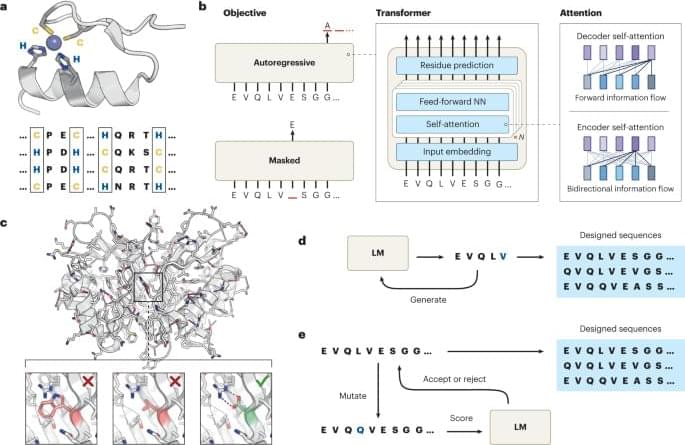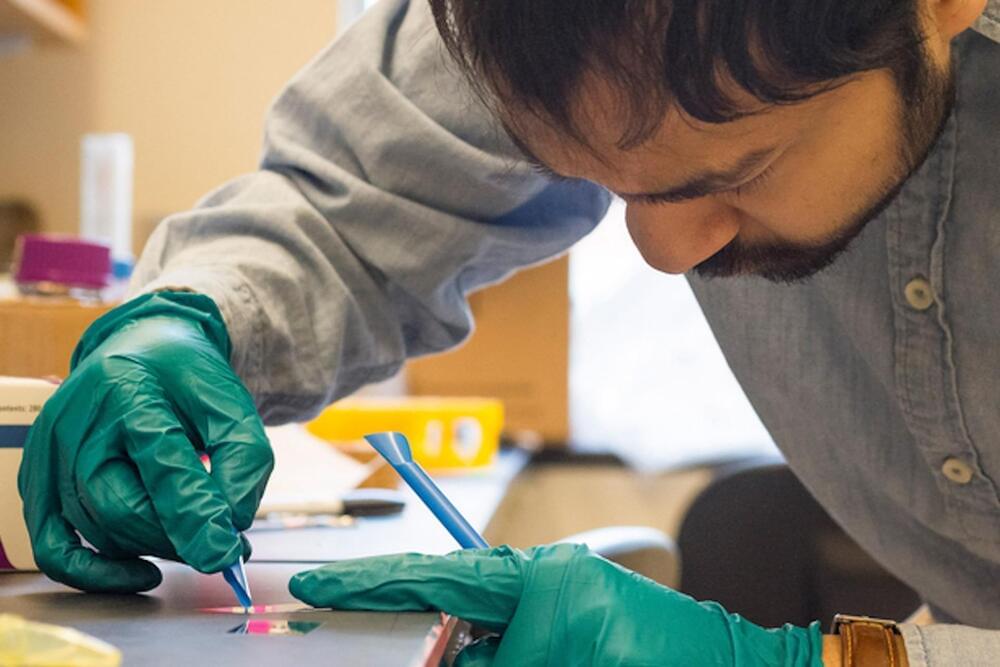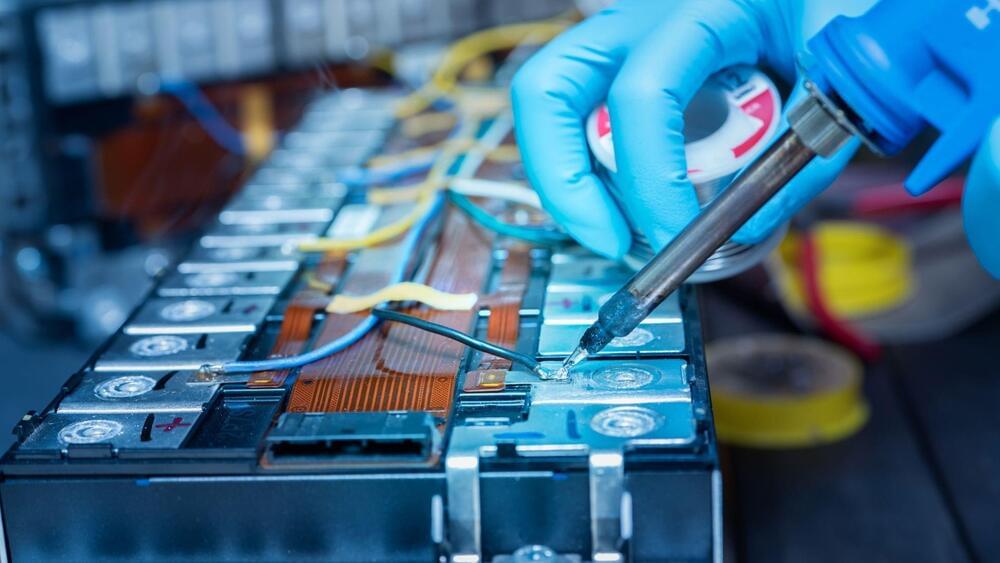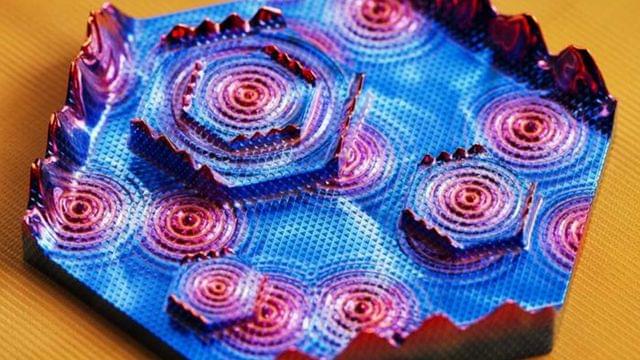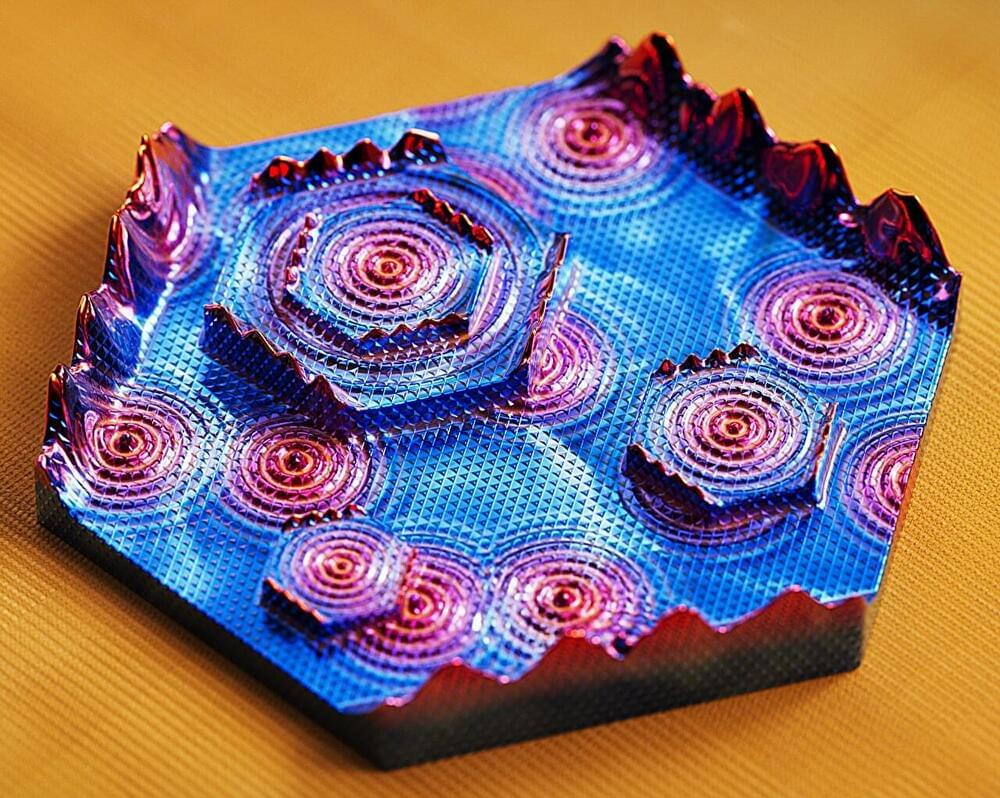Apr 16, 2024
California exceeds 100% of energy demand with renewables over a record 30 days
Posted by Shailesh Prasad in categories: energy, engineering
In a major clean energy benchmark, wind, solar, and hydro exceeded 100% of demand on California’s main grid for 30 of the past 38 days.
Stanford University professor of civil and environmental engineering Mark Z. Jacobson has been tracking California’s renewables performance, and he shares his findings on Twitter (X) when the state breaks records. Yesterday he posted:
Jacobson notes that supply exceeds demand for “0.25−6 h per day,” and that’s an important fact. The continuity lies not in renewables running the grid for the entire day but in the fact that it’s happening on a consistent daily basis, which has never been achieved before.

